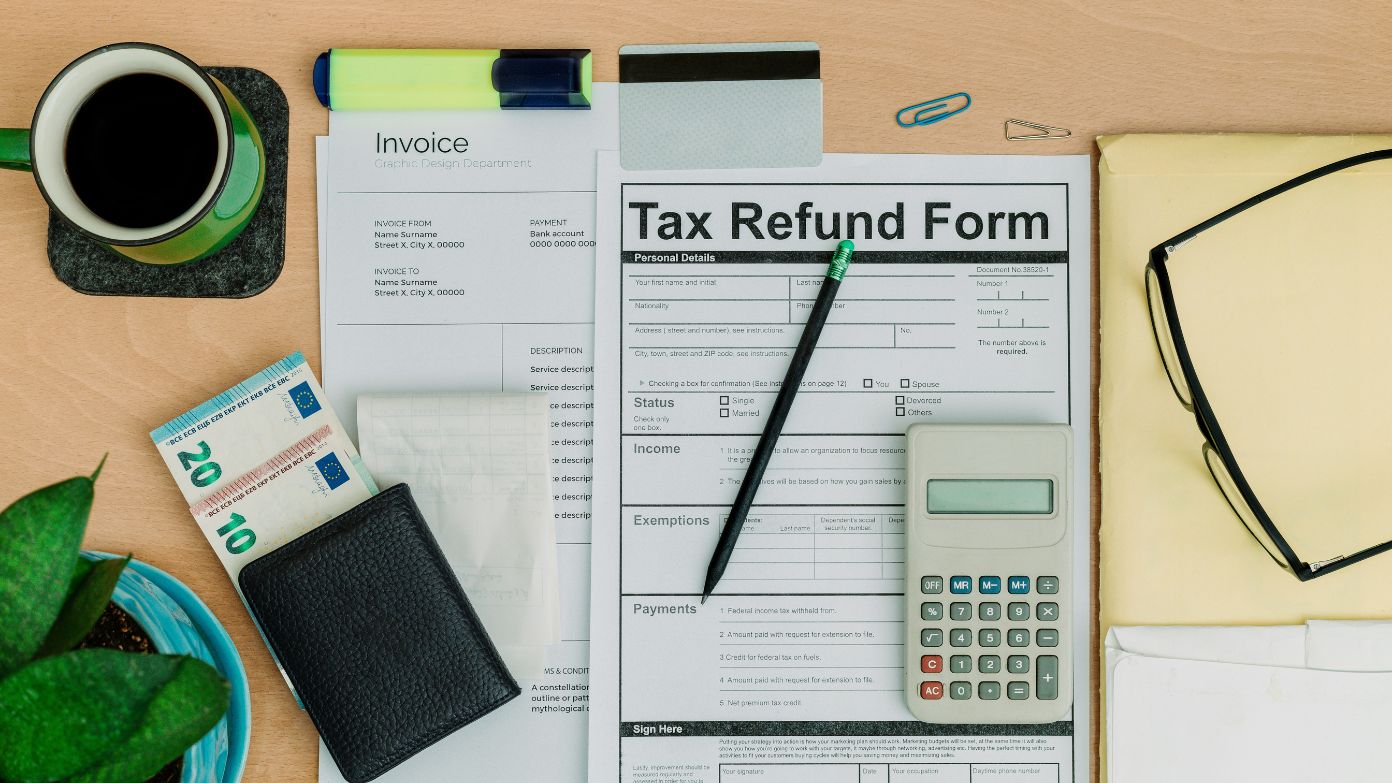Dealing with the loss of a loved one is difficult, and their financial affairs sometimes add to this overwhelming and stressful time. If you are the person responsible for closing tax books of a deceased, you will have to know important things to claim an equal refund for them. Here is a simple guide to assist you in the process.
Who is responsible for filing the final tax return for a deceased person
Tax responsibilities do not go away when a person dies. There is a final tax return to settle outstanding taxes or claim possible refunds. Generally, this responsibility goes to:
- Surviving spouse: If you were married and filing jointly, you could have a joint return for the year of the death of your spouse.
- Personal representative: This could be an executor of the will or an administrator appointed by the court.
- Legal representative: If there is no appointed executor or administrator, another individual may step in, often a close family member.
How to file a final tax return for a deceased person
Filing the final tax return is similar to filing any individual tax return, with a few additional steps:
- Use the correct form: Generally, you’ll use Form 1040 or 1040-SR for the final return.
- Indicate the deceased status: Write “Deceased,” the person’s name, and the date of death at the top of the tax return.
- Report income and deductions: Include all income up to the date of death and any deductions or credits they’re eligible for.
- Sign the return appropriately: If you’re the surviving spouse filing jointly, sign as you normally would. Personal representatives should sign the return and indicate their title (e.g., “Executor”).
- Attach necessary documentation: If you’re a court-appointed representative, attach a copy of the court document showing your appointment. If you’re not court-appointed, you may need to file Form 1310.
When is form 1310 required
Form 1310, titled “Statement of Person Claiming Refund Due a Deceased Taxpayer,” is used to claim a refund on behalf of a deceased individual. You need to file this form if:
- You’re not a court-appointed representative: If you haven’t been officially appointed by the court but are entitled to the refund (like a family member), you’ll need to submit Form 1310.
- There’s no surviving spouse filing jointly: If the deceased was unmarried or the surviving spouse isn’t filing a joint return, Form 1310 is necessary.
However, you don’t need to file Form 1310 if:
- You’re a surviving spouse filing a joint return: In this case, the joint return suffices.
- You’re a court-appointed representative: As long as you attach the court appointment documentation to the return, Form 1310 isn’t required.
How to complete form 1310
Filling out Form 1310 is straightforward:
- Provide personal information: Enter your name, address, and Social Security number.
- Detail the deceased: Include the deceased person’s name, Social Security number, and date of death.
- Indicate your relationship: Specify your relationship to the deceased and check the appropriate box to explain your claim to the refund.
- Sign and date: Ensure you sign and date the form before submission.
Attach Form 1310 to the deceased’s final tax return and mail it to the appropriate IRS address.
What documents are needed to claim a deceased person’s tax refund
To successfully claim a tax refund for a deceased individual, gather and submit the following:
- Final tax return: Completed and signed.
- Form 1310: If applicable.
- Death certificate: A copy may be required to verify the date of death.
- Court appointment documentation: If you’re the personal representative, include proof of your appointment.
Ensure all documents are complete and accurate to prevent processing delays.
How long does it take to receive a tax refund for a deceased person
The IRS usually takes the following durations to process refunds:
- E-Filed returns: Nearly 21 days.
- Paper returns: Six to eight weeks.
However, returns calling for the deceased may face a long processing time since further verifications are required. Check your application status through the IRS Where’s My Refund? service or call the IRS directly for further inquiry.
Potential challenges and how to address them
The process may be simple, but you might encounter the following:
- Delayed refunds: See that all forms are correctly filled in and all relevant documents attached to them so that you do not experience any delay.
- Rejected returns: Check all data against IRS records as well as all forms signed properly.
- IRS communication: Respond to any notices from the IRS asking for extra information on time.
Related article:
What are the most common tax season scams to avoid – IRS warns taxpayers to beware

